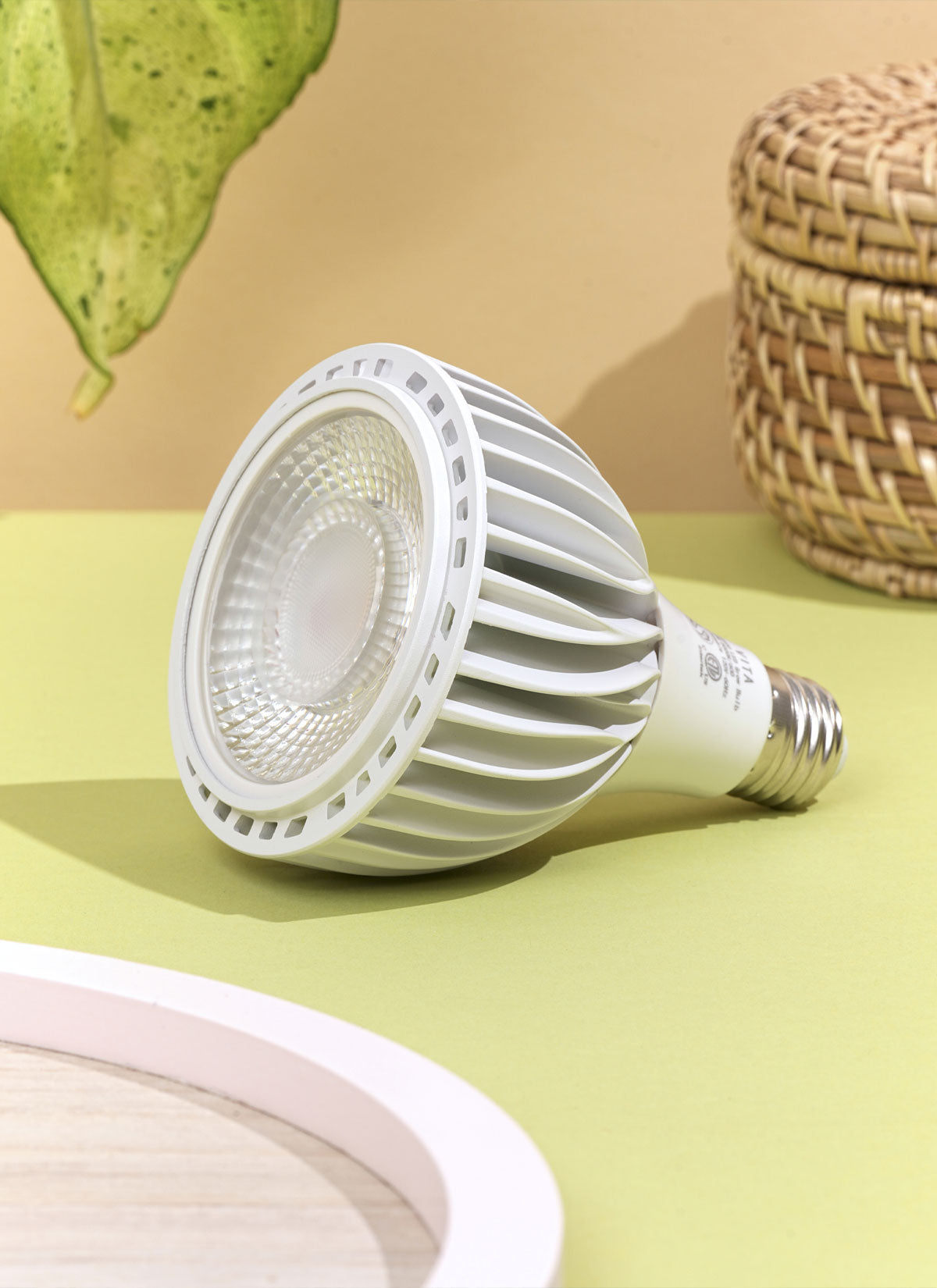Quick Tip: Water until water comes out of drainage holes. Allow top 2 to 4 inches of soil to completely dry between waterings.
The Fishbone cactus likes a somewhat drier environment, with soil that is allowed to dry out between waterings. When the top inch of soil seems dry to the touch, water the plant well with room temperature water. Make careful to let any extra water drain out of the pot's bottom and avoid letting the plant stand in water that is still because this might lead to root rot. Reduce watering over the winter, but don't let the soil get completely dry. Lower humidity levels are acceptable for fishbone cactus, however spraying the leaves or using a humidifier can make the plant more successful. It's crucial to avoid overwatering the plant since this can result in yellowing or leaf drop. Generally speaking, maintaining slightly drier soil and avoiding extremes of wet or dry soil can aid in the growth and health of your fishbone cactus.




















